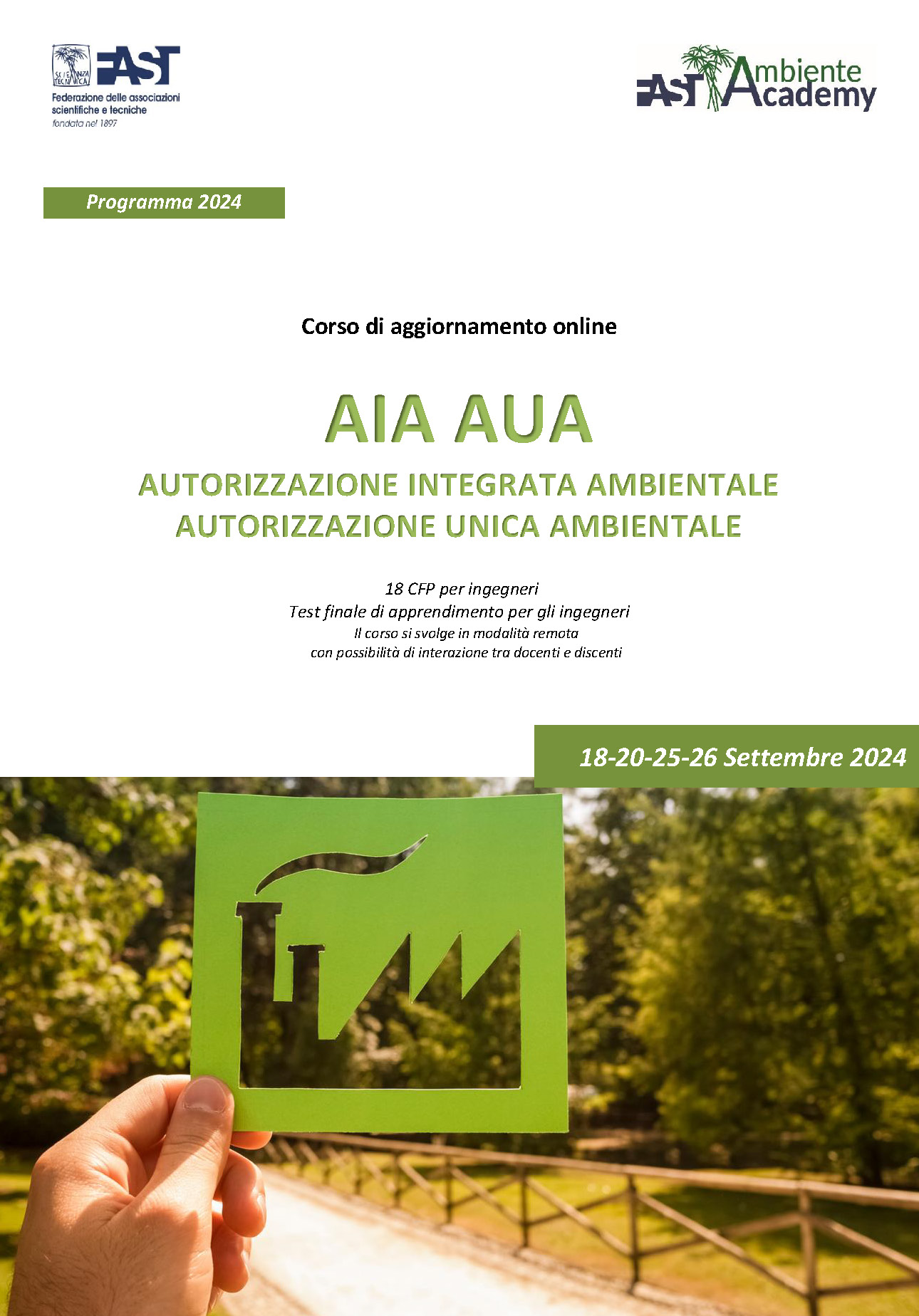Le vernici per il legno non sono solo uno scudo; sono i supereroi del mondo della lavorazione del legno! E non si tratta solo di protezione, si tratta di liberare il pieno potenziale del legno, garantendo che rimanga resistente, radioso e pronto per qualsiasi sfida.
Nel prossimo mese d‘ottobre torna ad Amsterdam il Wood Coatings Congress organizzato da PRA (Paint Research Association, UK) e Vincentz (D). Il congresso si svolge in due giorni, 22 e 23 ottobre e conta su presentazioni tecniche, esposizioni di poster, gruppi di discussione interattivi e una cena di networking.
Il congresso, in inglese, si articolerà in 5 sessioni:
Session 1: Sustainable Coatings
Sustainable electronics: printed electronics on wood, Boris Forsthuber, Holzforschung (Austria)
Alkyd-acrylic hybrid latices for use in waterborne wood coatings, Thomas Bernhofer, Synthomer (Germany)
Additives that enable more sustainably advantaged wood coatings, Dietmar Helker, Borchers (Germany)
High renewable oil modified polyurethane dispersion for sustainable wood coatings, Miriam Peralta, Lubrizol (United States)
More sustainable and safer to use solutions for wood coatings, Ludivine Augry, Hexion Research (Belgium)
A solvent sustainability guide for the coatings industry, Laura Pilon, PRA (United Kingdom)
More sustainable waterborne wood coatings from LIFE-WB BioPaint, Marcello Vitale, IVM Chemicals (Italy)
Session 2: Testing and Measurements
Use of IBRG PD16/001/1.02: application experience and Ideas for Improvement, Katrin Steinhauer, Bactologicum, Kiel University (Germany)
Looking for coatings perfect adhesion? Focus on the concepts to master, Maurice Brogly, Laboratory of photochemistry and macromolecular engineering (LPIM), University of Haute-Alsace (France)
Softening of coating films. A new testing approach, Franco Bulian, Catas (Italy)
Characterization of surface properties of biosourced materials, Sophie Bistac, Laboratory of photochemistry and macromolecular engineering (LPIM), University of Haute-Alsace (France)
Wood coatings analysed: particle properties, varnish stability, coating strength, Arnold Uhl, LUM (Germany)
Session 3: Bio-based Materials
Synthesis of fully terpenoids-acrylic copolymers for bio-based wood coatings, Laurence Podgorski, FCBA Technological Institute (France)
Bio-based wood coatings: performance on par with fossil-based products, Dielip Jethoe, EPS (The Netherlands)
Advancing sustainability: new generation of acrylic resins for wood coatings, Danaja Štular, R&D Helios Resins (Slovenia)
Bio-based Led curable coatings for industrial wood, Xavier Deruyttere, Allnex (Belgium)
Bio-based wood coatings with durable flame retardancy for interior application, Claudia Schirp, Fraunhofer institute for wood research, WKI (Germany)
Beyond limits: transforming wood coating systems with next-gen UV- curable PUD, Eva Tejada Rosales, Covestro (Spain)
Session 4: Functional Coatings
Bark-derived nanocelluloses for sustainable heavy-duty plywood coatings, Veronika Zeller, Holzforschung (Austria)
Development of matting agents for 2K WB polyurethane wood varnishes, Artur Palasz, Spektrochem (Poland)
Influence of latex particle morphology on exterior wood coatings properties, Małgorzata Wac, Synthos (Poland)
Session 5: Tools and Systems
Specialty particles: understand film morphology to optimize WB wood coatings, Heike Semmler, Evonik (Germany)
Influence of coatings on wood’s moisture buffer capacity, Ulrich Hundhausen, NTI-The Norwegian Institute of Wood Technology (Norway)
Understanding cracking of coatings by tensile tests in the SEM and FEM modelling, Gerhard Grüll, Holzforschung (Austria).








